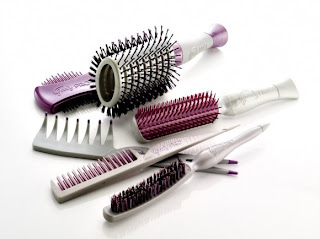In modern world, their are many enemies of our hair. They damage our hairs in many ways such as air pollution, water pollution, chemicals which we used as shampoo, conditioners and many other hair products.
These enemies are kill our hair roots slowly and before getting to late use herbal hair products and home made remedies for long, healthy and silky hair.
Here few home made remedies for hair care:
Here few home made remedies for hair care:
(a) Use conditioner depending on your hair type, length, and treatment damage
| Those who are searching for: Hair Transplant |
(c) Wash hair sparingly with a good-quality shampoo.
For hair grafting must visit Reviva Clinic for better suggestion and treatment
(d) Let hair dry naturally.
Hair Transplant surgery related query:
(e) Trim your hair regularly
Query Regarding:
| Hair Transplant in India |
(f) Style your hair naturally, minimizing styling damage
Query Related with :
| Cost of Hair Transplantation |
(g) Eat healthy and give your hair the right amount of vitamins
| For Cure and treatment must visit: Hair clinic |
(h) Remove stress from your life.







.jpg)





